Talking youtube - Hen na Ie
Constructing the architecture of our nightmares.
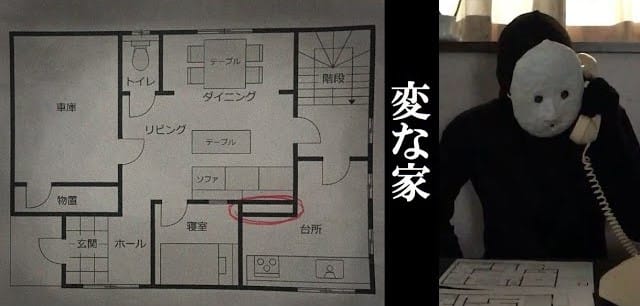
When I dream, I dream of buildings. They’re never the way they should be. A library with no straight walls and no rooms, a mall made of red rock that looks like boiled flesh, a Möbius strip bazaar that loops endlessly around itself. Even when the buildings aren’t the focus, they are always there, me running from elegant individuals with no faces in a mansion where each room is a different color, or searching for something I’ll never find in a densely packed city of nothing but skyscrapers and escalators to nowhere. The architecture of my dreams are massive and impossible, nonsense superstructures that take up the entire world.
I only left the buildings once. Something was chasing me. I knew if I stayed, the structure would kill me. Outside was nothing but pitch black. I ran and I ran, and when I couldn’t run anymore, I found myself in front of a home. I walked inside. The dream repeated.
I don’t know why exactly my unconscious is so wrapped up in walls and ceilings, but I’ve also never been more sure of anything in my life. How could I not be obsessed with them on some level? After all, buildings are as much us as we are them. We spend an incalculable amount of time within them. Our hair and our skin sheds and covers the floor; our waste and shame excretes into the pipe veins. We decorate and renovate and paint until they match our souls and reflect how we see ourselves. Without us ever knowing, we spend the entirety of our lives trying to turn our buildings into us.
In some ways, the only way you could hope to really understand a person—as much as that is possible to do—is to understand their home.
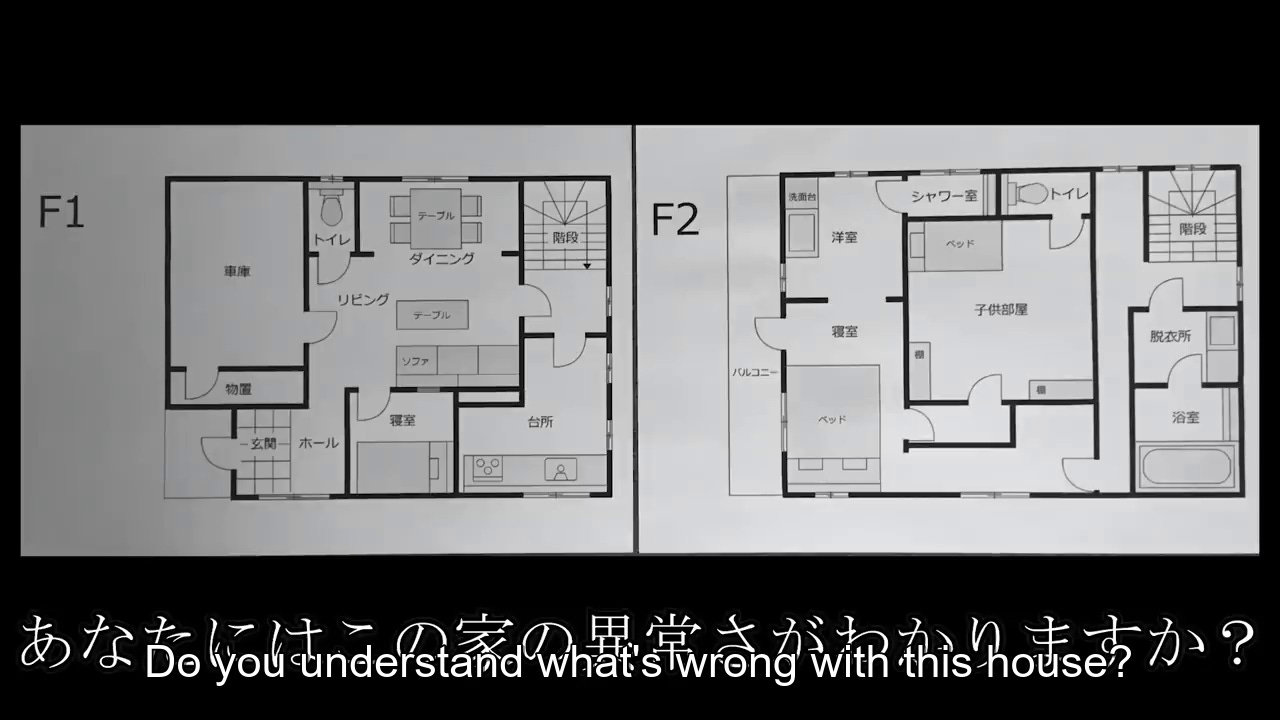
On October 12, 2020, an article was posted to the Japanese website Omocoro. Titled “[Fudousan Mystery] Hen na Ie” the article was, on its face, like any other on the site, a place focused on four panel gag manga, blogging, and image heavy articles or lists. Think a sort of Japanese Buzzfeed. And here too were short, color-coded, easy to understand sentences sandwiched between a stream of photos. Here too was a personable, conversational writing style, asking the audience questions in that friendly tone that stinks ever so slightly of SEO.
It was, as the title1 implies, about a house. The house is on first glance as normal as they come, a nice modern building for a nice modern family; a house like any other. But look closer, examine its blueprints and its bones and see: something is very, very wrong.
The author of the post, under the username Uketsu, has always had a propensity for the strange, their posts to Omocoro before Hen na Ie standing in stark relief against the fun vibe of the site with an unexplained surrealness. In one, they make a bouquet of flowers, except instead of petals are clay ears that gain a life of their own and wander off. In another, they dry meat outside on a clothesline, lined up to resemble nothing less that skinned flesh. Through grotesque sculptures, absurdist inventions, and CG reminiscent of PS1 games, Uketsu had built up a decidedly unique style at the crossroads of comedy and horror, like the expected Buzzfeed-esque article had been ransacked by a creature raised in a basement with no lights or food. Hen na Ie was something new, then. Not only was it their longest work thus far, but was distinctly lacking in that surrealism and instead was dripping with reality.
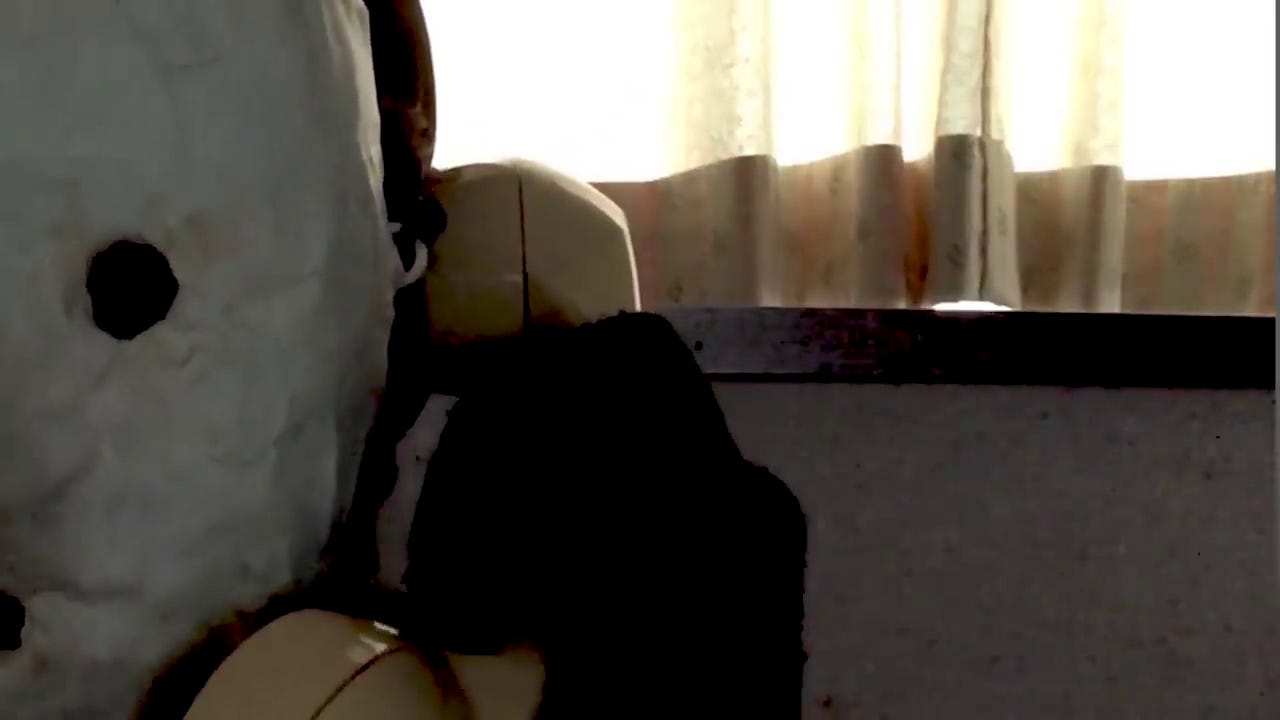
By the end of the month, Hen na Ie was uploaded to YouTube on Uketsu's personal channel. Dressed head to toe in tight black and with a white, roughly made, expressionless clay mask where a face should be, Uketsu speaks directly to the camera with an impossible voice digitally altered a dozen ways into a soft high-pitched clip. They do not appear human. The effect is startling, what in text was a strange little story transformed into something more, something separate from the reality we know, as if bubbling up from the dark depths of a collective unconscious.
The problem with the home is simple: there is a room that shouldn't be there, one with no doors and no windows, small and tucked away so anybody would think it's nothing but wall. So then why was the room built at all? What possible purpose could it have? And what about the nonsensical children's room upstairs that resembles the design philosophy of a prison cell?
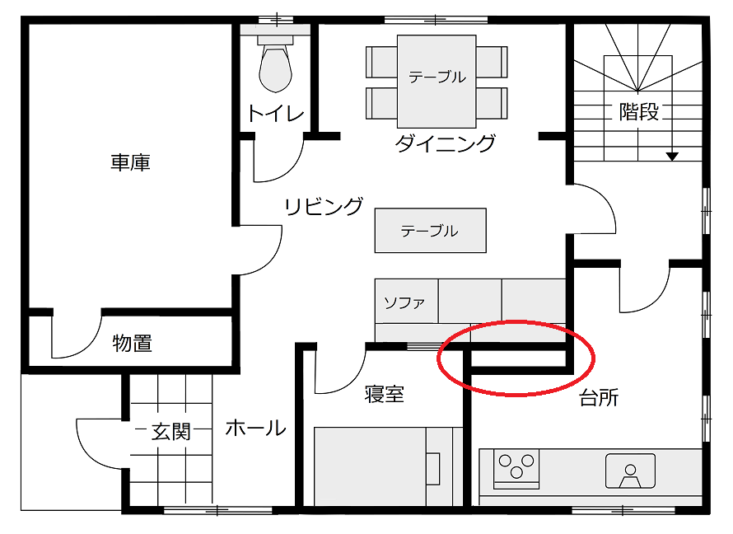
This story—this mystery—is presented much like a building: it's all architecture. A work of procedural horror, Uketsu patiently peels apart the mystery of the home through investigation, analysis, and interview. Layouts and blueprints dominate the frame, everything separated cleanly into sections and chapters.
It is a mode of fear well-trodden to a thousand different effects. Look at The Exorcist and how scientific rigor give way to the terror of finding one's faith again, or to the BBC classic Ghostwatch, which turns a haunting into a paranoid mirror of media frenzy. You don't even need the supernatural: David Fincher's Zodiac is as scary and methodical as they come, the all-consuming need for answers and reasons and closure destroying lives left and right. The uneasy balance of logic and normalcy with the innately illogical and unnormal reality of fear and terror is, at its base, the foundation of horror.
And that is exactly where Hen na Ie lives. As the mystery of the home expands, the imagination begins to run wild. Are the homeowners hiding a disfigured child? Are they torturing someone? Are they killing guests in an elaborately planned scheme? The more we look, the more we feel like we know and the less we feel like we understand.
Like any building, it is meticulously designed with math and science and reason. Like the home within it (and all of our homes in one way or another), you can only ever imagine what the truth is. When the video ends, the audience is no closer to having answers than when they started. Something has changed all the same.
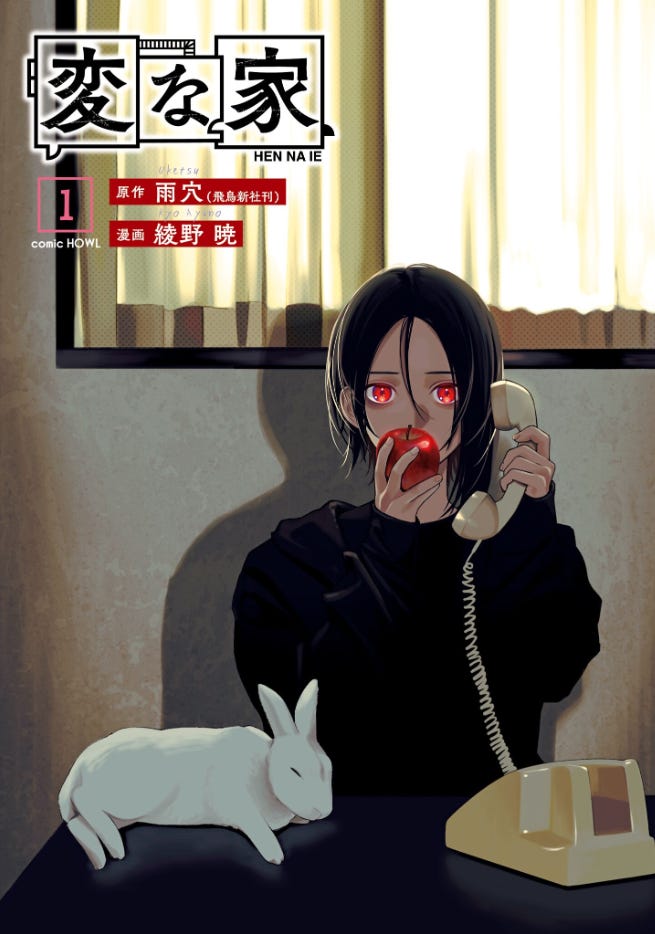
Three years later and Hen na Ie isn't just a home anymore; it's an entire neighborhood. What was once nothing more than a scary story posted to a website has become a sensation—a manga, a novel, a soon-to-be movie. The YouTube video has over fifteen million views, nearly all coming from Japan as it has only recently received subtitles. Off the back of its success, Uketsu has gotten their own anthology TV series that just finished its second season. They have continued the story and retold the story, spun-off from the story and twisted the story. What began as procedural horror of a real nightmare has begun to resemble my dreams, building ever-changing, impossible and mutating and alive. Like my dreams, there is no escape; like my dreams, understanding remains out of reach.
Even so, through its permutations and evolution and growth, the truth of Hen na Ie remains as palpable as the day it first appeared: buildings are the deepest expression of our need for order. They are boxes we invent to hold us, to exert ourselves onto the world. They are our mothers, and they are the closest way we have for understanding who we are. And yet, we never will.
How scary is that?
You can watch Hen na Ie, with English subtitles, below ↓
Music of the Week: Mari Hamada - Amu Onna
Should be considered some sort of classic in the world of J-pop. Most known now for having a track produced by electronic kings Autechre (and boy is it a track), Hamada’s entire album is a smorgasbord of glitch and IDM and dub influences tinged with mystical new age. Frequently dips into a kind of otherworldly exotica, like falling into a parallel world dominated by poor fluorescent lights and plastic neon palm trees, but never once feels disjointed or haphazard or anything less than uniquely, arrestingly her.
Book of the Week: #DRCL midnight children by Shinichi Sakamoto
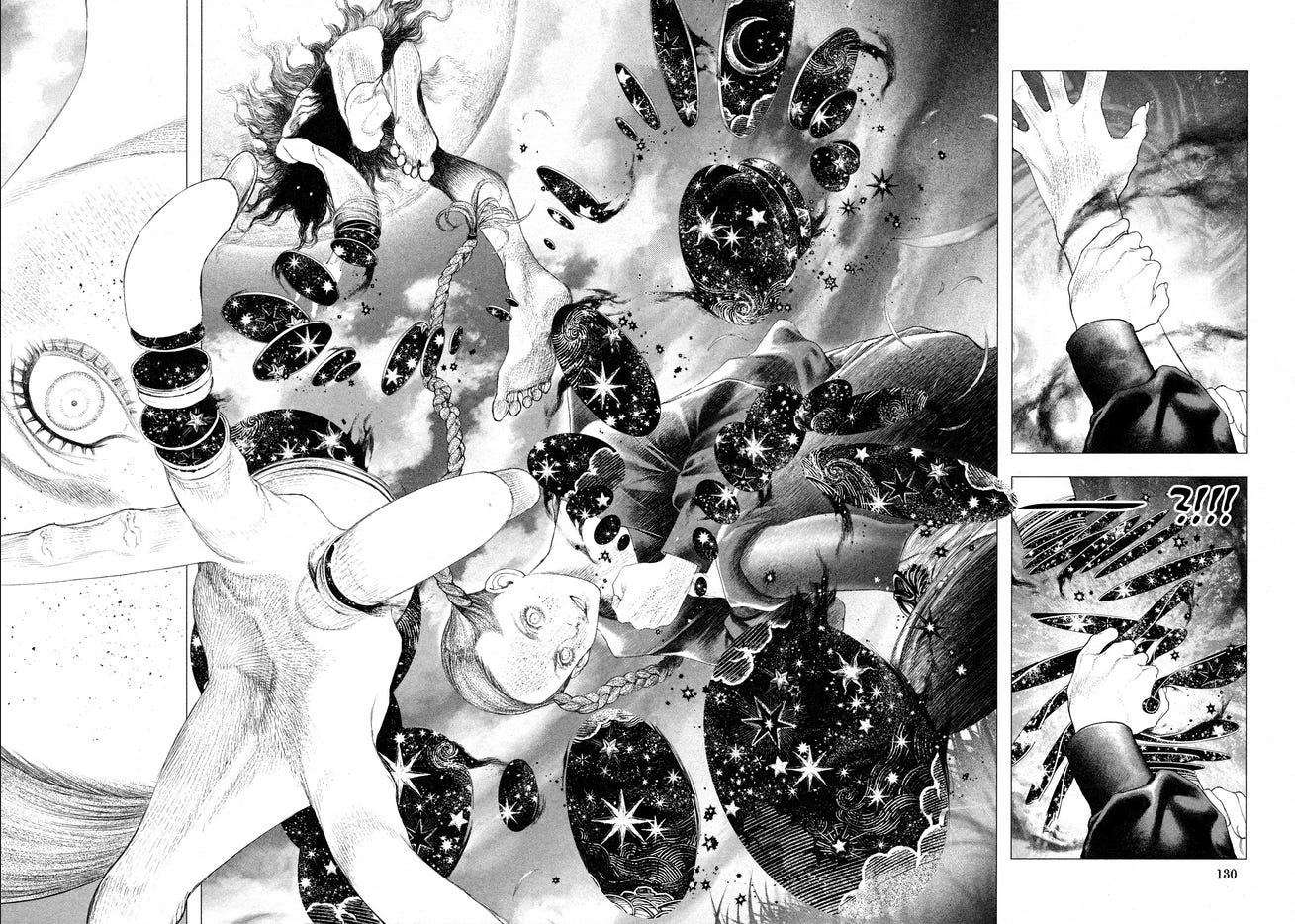
What if Dracula but filtered through queer shounen manga emotionality, camp surrealism, and extreme violence? The most obvious winner in the world is what. Sakamoto is an incredibly distinctive (and good) visual stylist, and he applies his unique, dreamy hyper-realism to this vampiric metaphor of gender, sexuality, and identity that is at once playful and terrifying to incredible effect. Drifting through perspectives and time, reality and fantasy as naturally as breathing, #DRCL is some of the best—and most modern—vampire fiction out there right now. It’s also just unbelievably readable.
Movie of the Week: The Moon
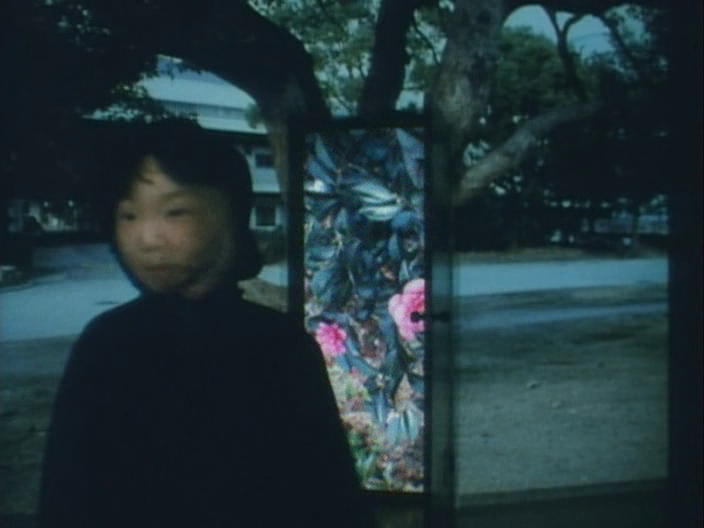
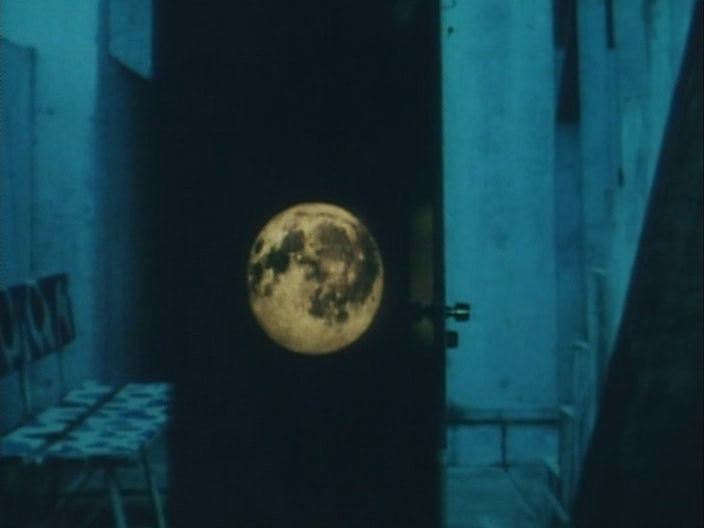
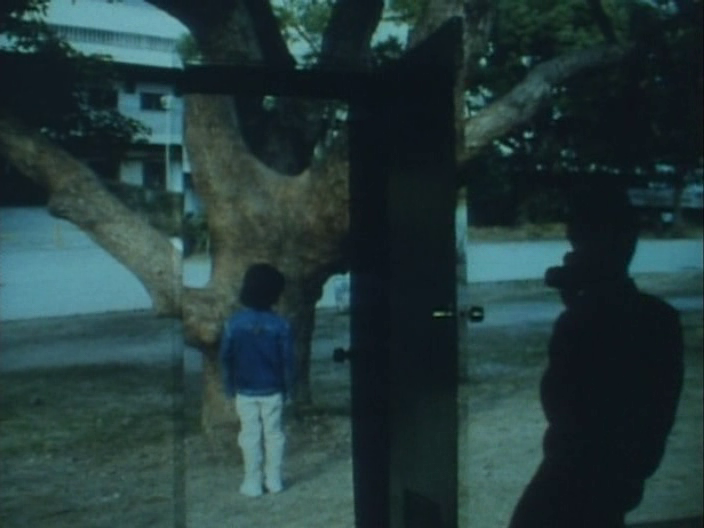
One of the most enigmatic works from the master of avant-garde short film, Takeshi Ito, The Moon is also one of his most personal; a silent exploration of dreams and fatherhood, faces superimposed on the shadows of bodies and an impossible door to everywhere. It is at once quiet and gentle and uneasy, as if one is disembodied, watching but never being able to reach or to touch. Seven minutes of film that I come back to constantly.
Have thoughts about anything covered this week? Got a recommendation you’re dying to share? Want to tell me how handsome and cool I am? Leave a comment below!
oh, and here’s a video about Tengai Makyou ZIRIA, a foundational (and absolutely banging) RPG
said title translating to something like “[Real Estate Mystery] A Strange Home” ↩

